Report an Environmental Issue
If you are concerned about an environmental incident or issue in your area, please get in touch.
To report fish deaths please call EPA’s Pollution Hotline on: 1300 372 842 (1300 EPA VIC).
About Fish Deaths
Every now and then large numbers of dead fish are discovered in Wimmera waterways. These deaths can be due to environmental influences, typically poor water quality; often from a lack of flow in a creek, river or wetland. In other cases, the deaths are due to pollution or disease outbreaks.
EPA Victoria is the lead agency who records and investigates large numbers of fish deaths.
EPA’s Waterway incident (fish death) response guideline lays out the roles and responsibilities of water management and environment agencies for responding to fish deaths.
To view the guideline or find out more go to the EPA – Fish Deaths webpage
Community members can report fish deaths to EPA’s Pollution Hotline on 1300 372 842 (1300 EPA VIC).
Where possible, provide the following information:
- location of the incident, mentioning which waterway is involved
- time of the incident
- whether fish are dead or merely affected
- approximate number of dead fish and whether they are fresh or decomposing
- whether other fauna are affected
- condition of the waterway (flow, colour, odour etc).
What is Blue-Green Algae?
Cyanobacteria (blue-green algae) are a common seasonal occurrence in the Wimmera and a natural component of most aquatic systems, including streams, lakes, estuaries, and the sea. Individual cells are very small and are normally not visible in a water body, but numbers can increase rapidly and blooms – or scums – become easily visible across the water surface. Nutrient levels, low inflows, low storage volumes and warmer weather conditions can trigger blooms. They can be unsightly, ranging in colour from dark-green to yellowish-brown. They develop a paint-like consistency as they dry out and often have a pungent smell.
Large numbers of algae, in water bodies, can produce toxins that can affect the health of humans, animals, birds, and livestock as well as harm the environment.
GWMWater is the regional coordinator for blue-green algal bloom management in the Wimmera. In some cases, a local water manager (such as a council) has been appointed by GWMWater to manage algal blooms in waterways that are not water storages such as weir pools. An algal outbreak is managed based on the use of the water body and the density and nature of the bloom.
To find out more see DELWP.




